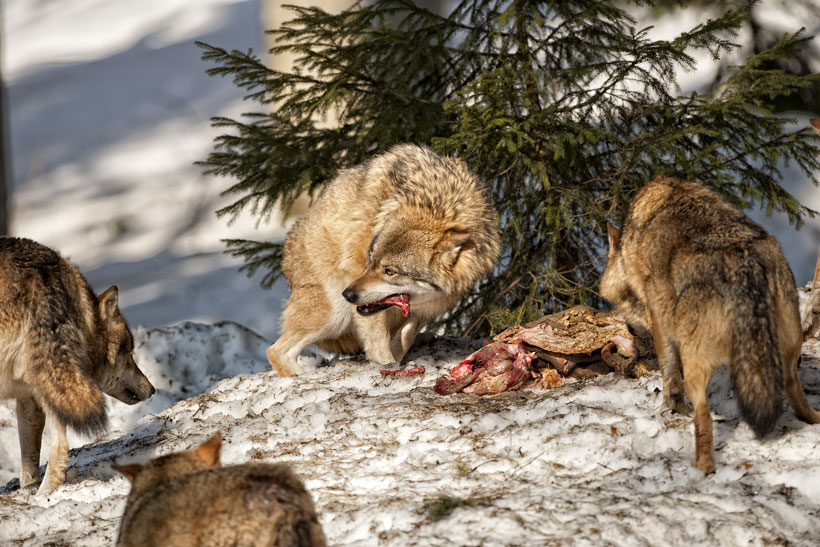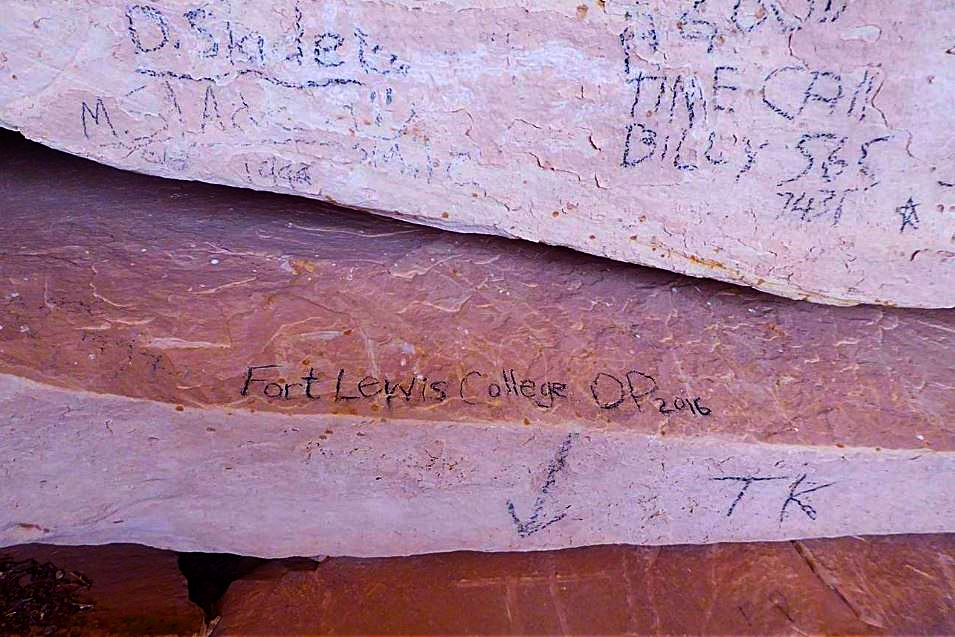They are engaged with people who care little for truth and care even less for freedom. Environmentalist mobsters have targeted the family business because, sometimes, necessary action entails thinning the wolf pack in a lethal manner. And when even a single wolf is killed, environmentalists go predictably insane.
James Murphy
Ranchers Face Wolves at the Gate
The Diamond M ranch sits on the Kettle River in northeast Washington State, close enough to the Canadian border that a well-thrown rock might hit a range-riding Mountie and cause an international incident. It is a frontiersman’s dream: acres of prairie surrounded by wooded areas with the pristine Kettle River flowing through the middle of it. It’s an idyllic rural place where rough-hewn cowboys, who love the land as if it were family, gently tend their cattle. It hardly seems the place for a thing as dirty as a political battle.
But a bloody political battle — complete with actual death threats — is exactly what the McIrvin and Hedrick families who ranch the land are embroiled in. They are engaged with people who care little for truth and care even less for freedom. Environmentalist mobsters have targeted the family business because, sometimes, necessary action entails thinning the wolf pack in a lethal manner. And when even a single wolf is killed, environmentalists go predictably insane.
“We get a lot of death threats. My wife had to stop answering the phone,” said Len McIrvin, the patriarch of the family that runs the Diamond M. “They say it would be better if you were dead than a wolf…. Another call comes in that said, ‘If you’d like your kids to come home on the school bus, you’d better leave the wolves alone.’”
But the McIrvin-Hedrick clan has never shot a wolf. In Washington State, shooting a wolf, even to protect your livelihood, comes with a one-year prison sentence and a five-thousand dollar fine. Any lethal removal must be done under the auspices of the state’s fish and wildlife department, an agency with a well-documented history of avoiding such aggressive action.
Len McIrvin and his family have been ranching on the land for over 70 years. The small business sells its cattle to several nationally known meat processors. If you eat red meat, there’s a very good chance you’ve eaten some of the Diamond M’s product. In those 70 years, things have changed in a lot of ways, but never has the Diamond M been so challenged as it is now. Of course, it’s not just the wolves that threaten the Diamond M. The environmental mafia and the well-ensconced bureaucracies that assist them are even more threatening than the wolves themselves.
“The real problem with the wolves is politics,” said Steve McLaughlin, an advocate who works on behalf of ranchers in northeast Washington.
Where Did the Wolves Come From?
In the last century, wolves were almost completely gone in the lower 48 states, with only a few scattered packs in northern Minnesota and the Isle Royale National Park, an island in the middle of Lake Superior, which is technically a part of Michigan.
In 1995, the Clinton-era U.S. Fish and Wildlife Service re-introduced the gray wolf into Yellowstone National Park and a portion of central Idaho where the elk population was considered out of control and a threat to the delicate balance of the ecosystem. By that time, wolves had also re-introduced themselves from Canada to a remote area in northwestern Montana.
Wolves were trapped, captured, and removed from their natural habitat, where they were surviving quite nicely. They were then tranquilized, tagged, and set free in Yellowstone and central Idaho. The wolves were welcomed with open arms in Yellowstone. Idaho, however, was another story.
Yellowstone ecologists were soon giving glowing reports about the natural thinning of the elk herd due to wolf predation. New growth vegetation such as aspen and willow trees, upon which the elk had previously fed at an unsustainable rate, began to re-emerge. Other species, such as the beaver and the red fox, began to re-emerge due to the fact that the wolves now kept the unruly coyote population under control.
But in Idaho, the situation was different…
Free Range Report
Thank you for reading our latest report, but before you go…
Our loyalty is to the truth and to YOU, our readers!
We respect your reading experience, and have refrained from putting up a paywall and obnoxious advertisements, which means that we get by on small donations from people like you. We’re not asking for much, but any amount that you can give goes a long way to securing a better future for the people who make America great.
[paypal_donation_button]
For as little as $1 you can support Free Range Report, and it takes only a moment.



